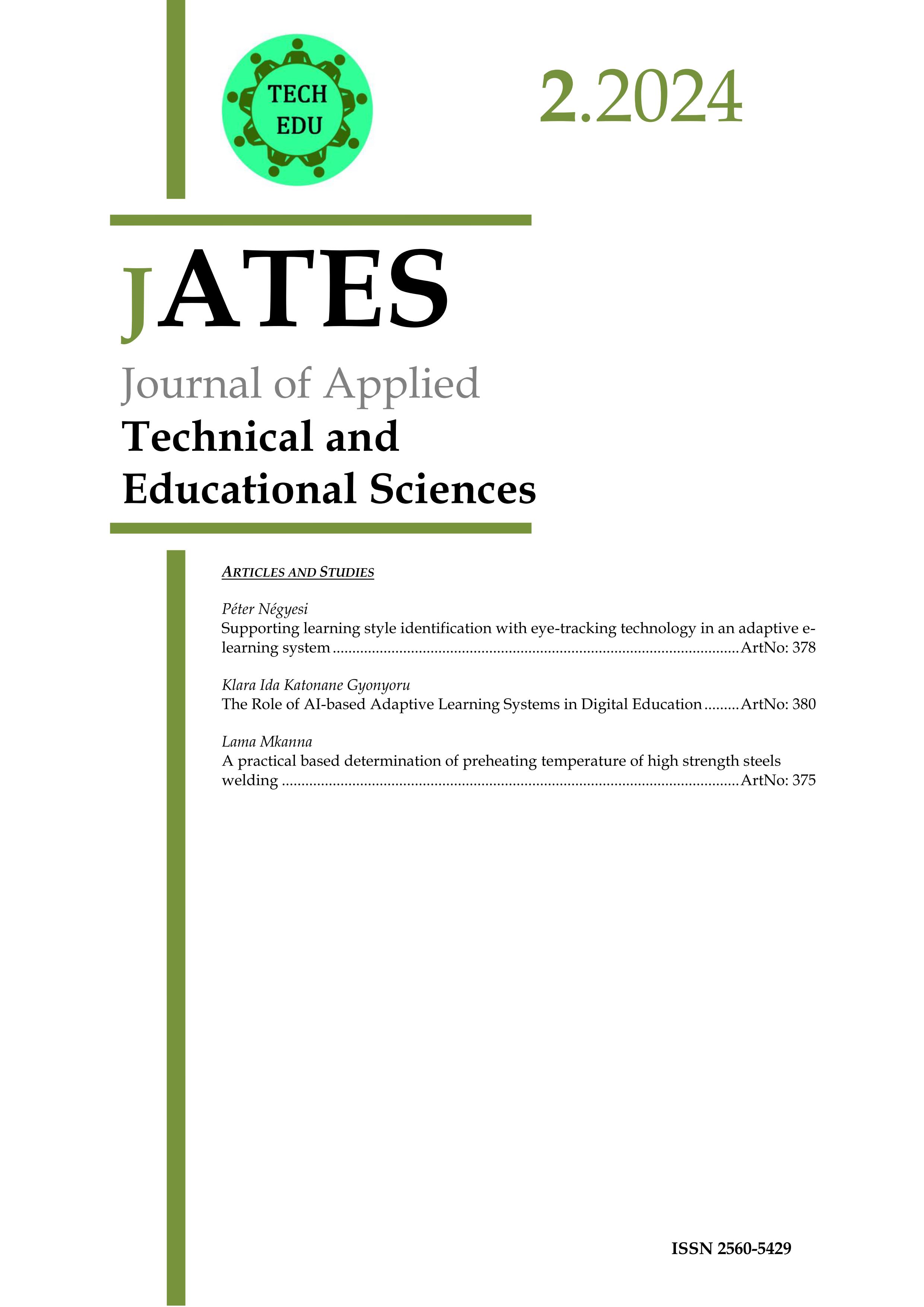Tanulási stílus azonosításának támogatása szemmozgáskövető technológiával egy adaptív e-tanulási rendszerben
Abstract
In my study, I propose an approach for automatic detection of visual and verbal learning styles in an adaptive e-learning system (https://aes.negyesipeter.hu) I have developed, based on eye-tracking technology. In the online study, I used GazeRecorder eye-tracking software to record the time participants spent looking at text- or graph-based learning objects. The entire study lasted an average of 25 minutes, depending on the participants' reading speed, reading comprehension and calibration process. 255 participants took part in the current study, 60% of whom were high school students (N1 = 153) and 40% of whom were first-year university students (N2 = 102). However, due to a calibration problem, 204 valid data were obtained. Of these, 179 had normal vision and the rest (25) wore glasses. A cross-sectional analysis of the heat maps for each user showed that there was a significant difference between visual and verbal learners; verbal learners spent most of their time looking at the textual part of the screen, while visual learners spent more time looking at the graphical part of the screen. Moreover, the results show a high correlation between Felder-Silverman learning style and eye movements recorded during learning. The results have important implications for the development of more effective adaptive e-learning systems. The ability to automatically identify learning styles can greatly improve the personalised learning experience.
Copyright (c) 2024 Journal of Applied Technical and Educational Sciences

This work is licensed under a Creative Commons Attribution 4.0 International License.
A szerző, aki a beadványt készíti, garantálja, hogy a beadvány eredeti és ő a társszerzőkkel együtt a szerzője, valamint a mások munkáiból vett szövegrészletek, képek, adatok és egyéb kapcsolódó anyagok esetében a szerző a szükséges engedélyeket megkapta.
A folyóiratban megjelenő beadványok a Creative Commons Attribution Licence (CC-BY) licensz alapján publikáltak, a szerzők a szerzői jogot megtartják.
A beadvány benyújtásával a szerzők nem kizárólagos jogot adnak a folyóiratnak a publikálásra (például elhelyezése intézményi repozitóriumban vagy megjelentetése könyvben).

